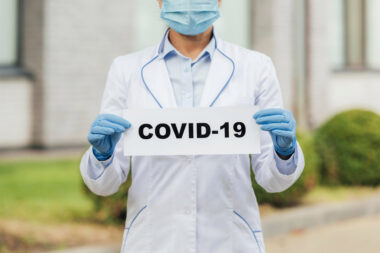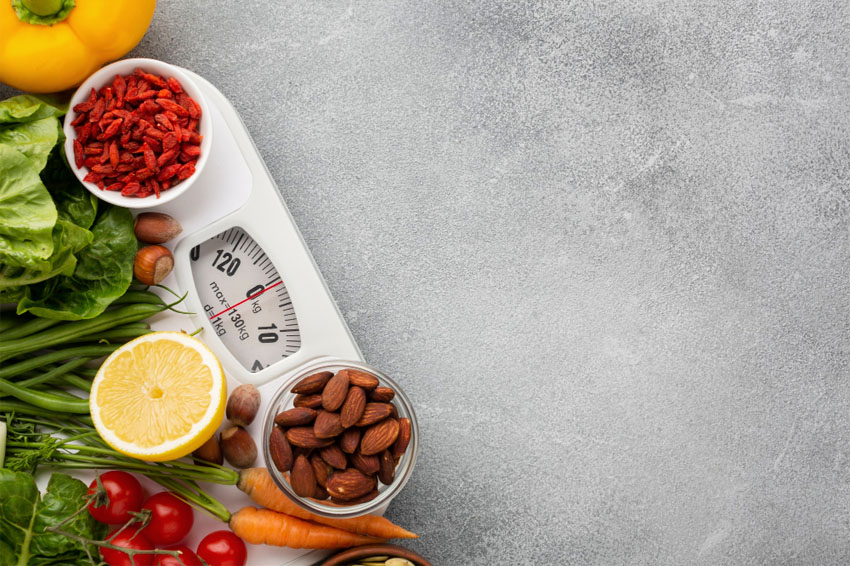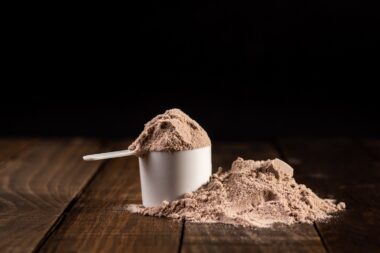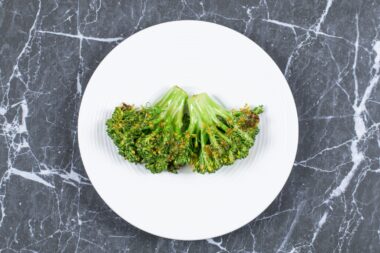Fat is an essential component of a healthy diet. A minimal quantity of fat is required for a healthy, balanced diet. Fat contains necessary fatty acids, which the body cannot produce on its own.
Fat aids in the absorption of vitamins A, D, and E. Because these vitamins are fat-soluble, they can only be absorbed with the aid of lipids (or fats).
Chemically, all fats are composed of differing amounts of hydrogen, oxygen, and carbon structured in different patterns. Each carbon atom is connected to two other carbon atoms, and the longer a fatty acid is, the more carbon atoms it has.
Longer-chain fatty acids often have a greater melting point and provide more energy per molecule when digested.
Any fat that is not required by your cells or transformed into energy is stored as body fat. Similarly, unutilized carbs and proteins are turned into body fat. All forms of fat contain a large amount of energy.
A gram of fat, whether saturated or unsaturated, gives 9kcal (37kJ) of energy, whereas carbohydrates and protein offer 4kcal (17kJ).
Thus, which fats should we consume and which should we eliminate?
Saturated and Unsaturated Fats
Most fats and oils contain both saturated and unsaturated fats in different proportions. Unsaturated fats are generally healthier and can help reduce inflammation and improve cholesterol.
Saturated fats, on the other side, boost blood lipid levels. These blood fatty molecules, such as cholesterol and triglycerides, may be linked to poor cardiovascular health.
Eating healthy fats instead of saturated fat decreases “bad” LDL cholesterol and increases the total cholesterol to “good” HDL cholesterol ratio, decreasing the risk of heart disease.
Consuming healthy fats instead of saturated fat can also help avoid insulin resistance, which is a foundation for diabetes. So, as part of a balanced diet, you must try to decrease your intake of saturated and trans fats while increasing your intake of unsaturated fats.
- Examples of Saturated Fats include – Whipped cream, Fatty meats, Butter, Whole milk, Cheese (Cheddar cheese), coconut oil, Palm oil, etc.
- Examples of Unsaturated Fats include – Seeds, Olive oil, Avocado, most nuts, Sesame oil, etc.
Also read: Is Salsa Healthy? Pros And Cons Of Salsa
Trans Fats
Several foods, including meat and dairy products, naturally contain modest quantities of Trans fats. They’re also in partly hydrogenated vegetable oil.
If hydrogenated vegetable oil is used, it must be listed on the ingredients list. Trans fats, like saturated fats, can elevate blood cholesterol levels.
Monounsaturated Fats
Monounsaturated fats assist to safeguard your heart by preserving “good” HDL cholesterol levels while lowering “bad” LDL cholesterol levels in your blood.
- Examples of Monounsaturated Fats include – Olive oil, Rapeseed oil, Avocados, and Some nuts such as almonds, Brazils, and peanuts.
Polyunsaturated Fats
Polyunsaturated fats can also help decrease “bad” LDL cholesterol levels in the blood. Omega-3 and omega-6 fats are polyunsaturated fats.
Polyunsaturated fats can aid in the reduction of harmful cholesterol levels in the blood, thus lowering your risk of heart disease and stroke. They also contain nutrients that aid in the development and maintenance of your body’s cells.
Because your body cannot produce certain omega-3 and omega-6 fats, it is critical to include minimal quantities of them in your eating plan.
- Examples of Omega-3 Fats include – Salmon, Trout, Herring, Sardines, Mackerel, etc.
- Examples of Omega-6 Fats include – Sunflower oil, Corn oil, some nuts, etc.
Also read: Why Fiber is Essential To Include in Every Plate of Food?
Is Polyunsaturated Fat better than Monounsaturated Fat?
Polyunsaturated fats may be even healthier than monounsaturated fats. In one research, switching from saturated fat to polyunsaturated fat lowered the incidence of heart disease by 19%.
This equates to a 10% decrease in heart disease risk for every 5% of daily calories ingested from polyunsaturated fat rather than saturated fat.
Nutrition labels on packaged foods can assist you in reducing total fat and saturated fat (also listed as “saturates”, or “sat fat”). Nutritional information may be shown in a variety of ways on the front and rear of the packaging.
More than 17.5g of fat per 100g is considered the highest fat, just like total fat. 3g of fat or less per 100g, 1.5g of fat per 100ml for low-fat drinks, and 0.5g of fat or less for every 100g or 100ml for fat-free liquids.
Thumbnail Credit: Freepik

Anvi has done Bachelor’s and Master’s in Nutrition and Dietetics. She’s planning to do a Ph.D. in Public Health Nutrition moving forward.







































Leave a Reply